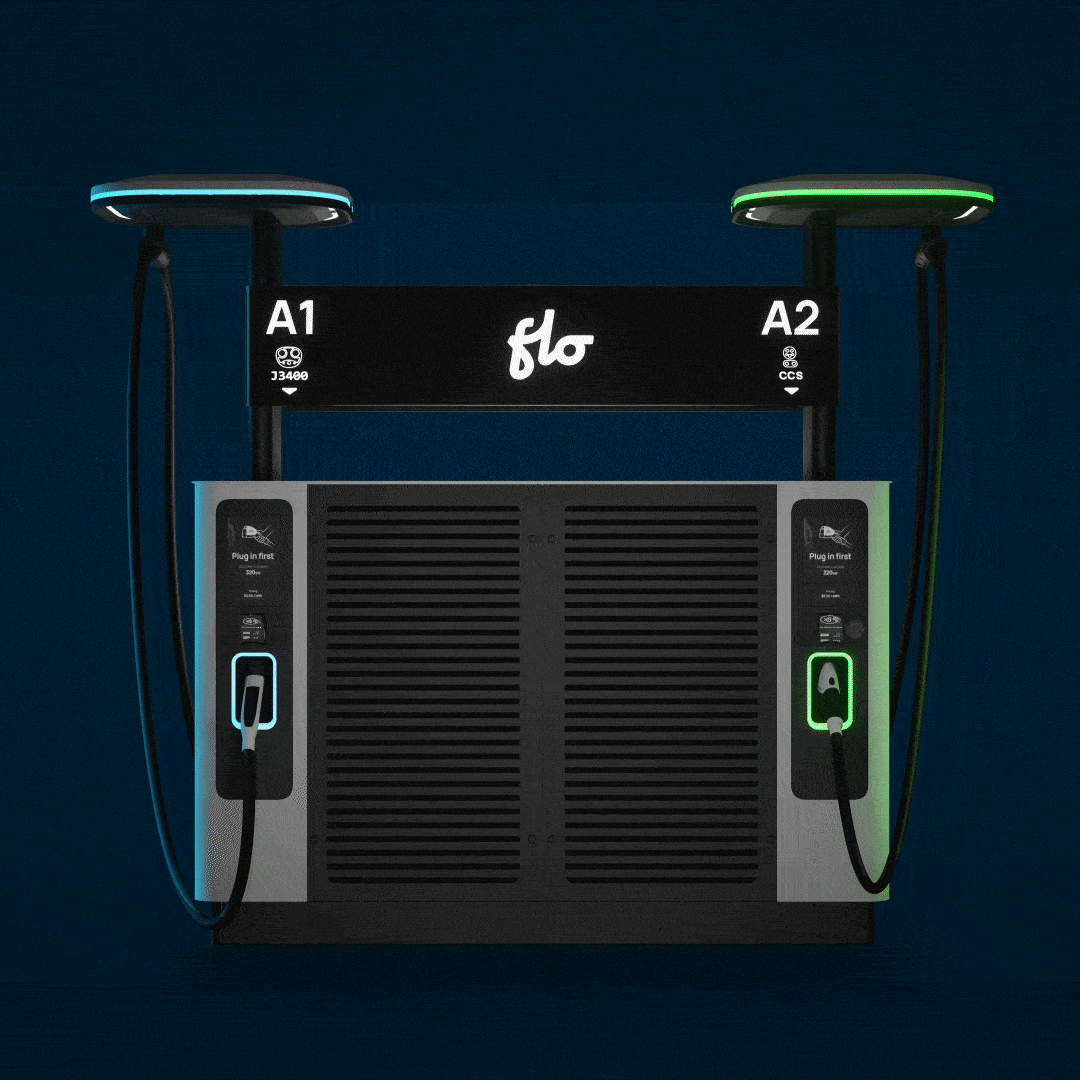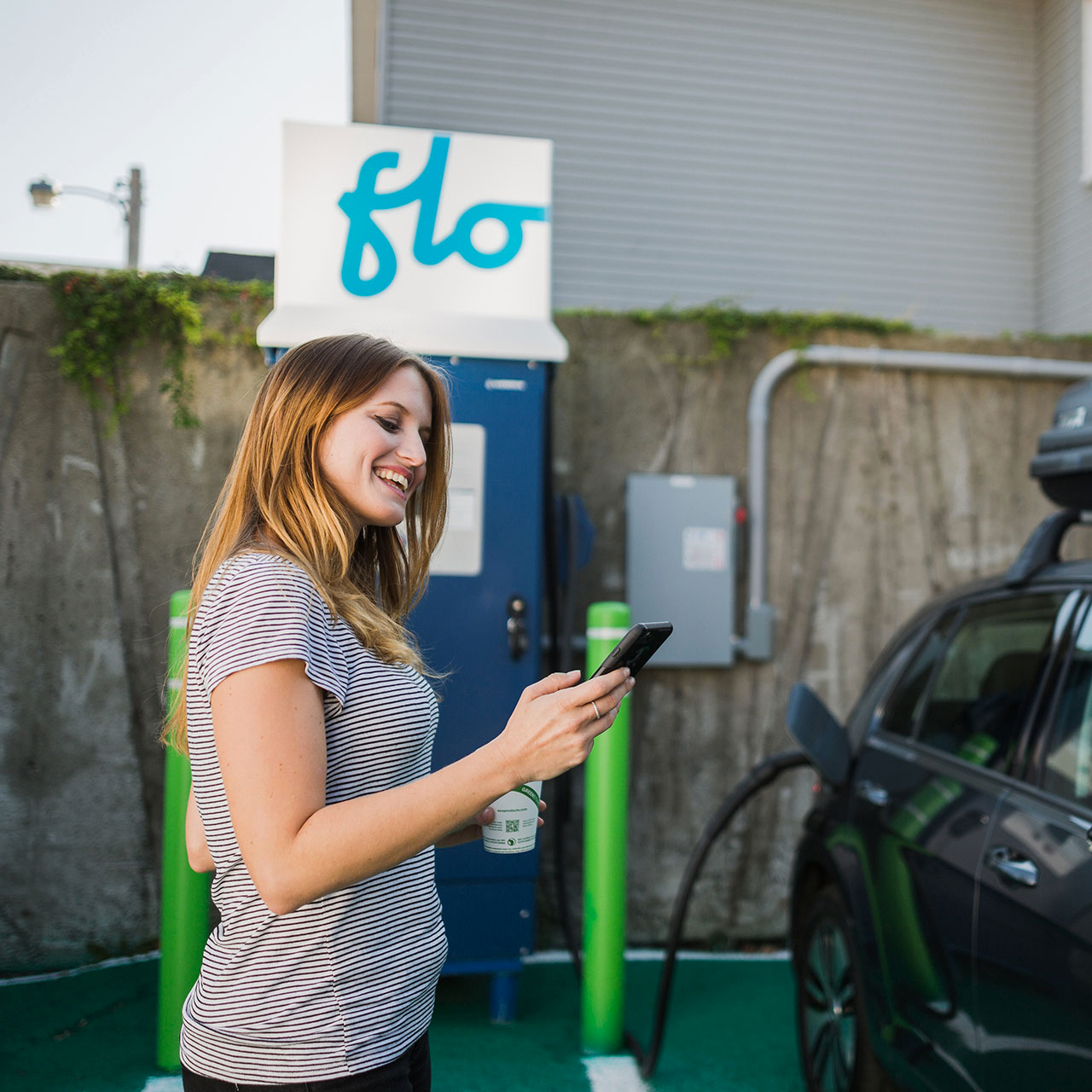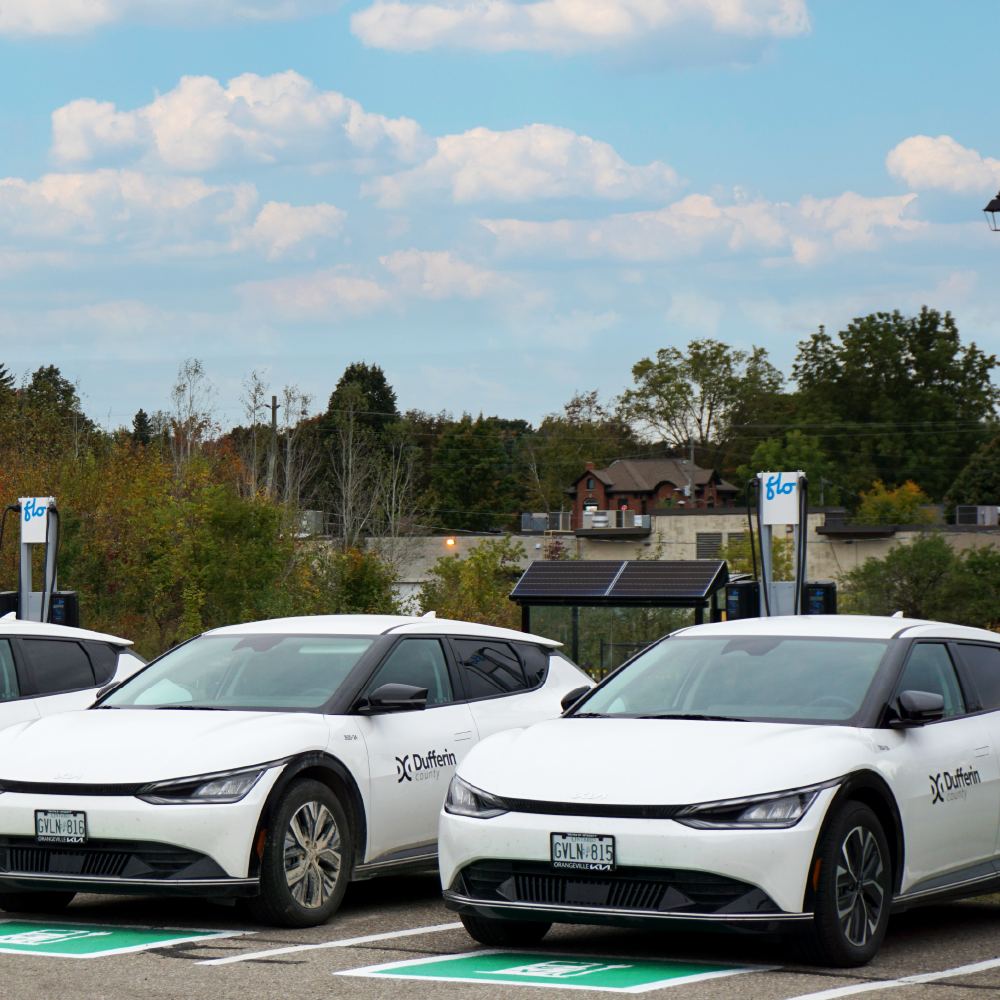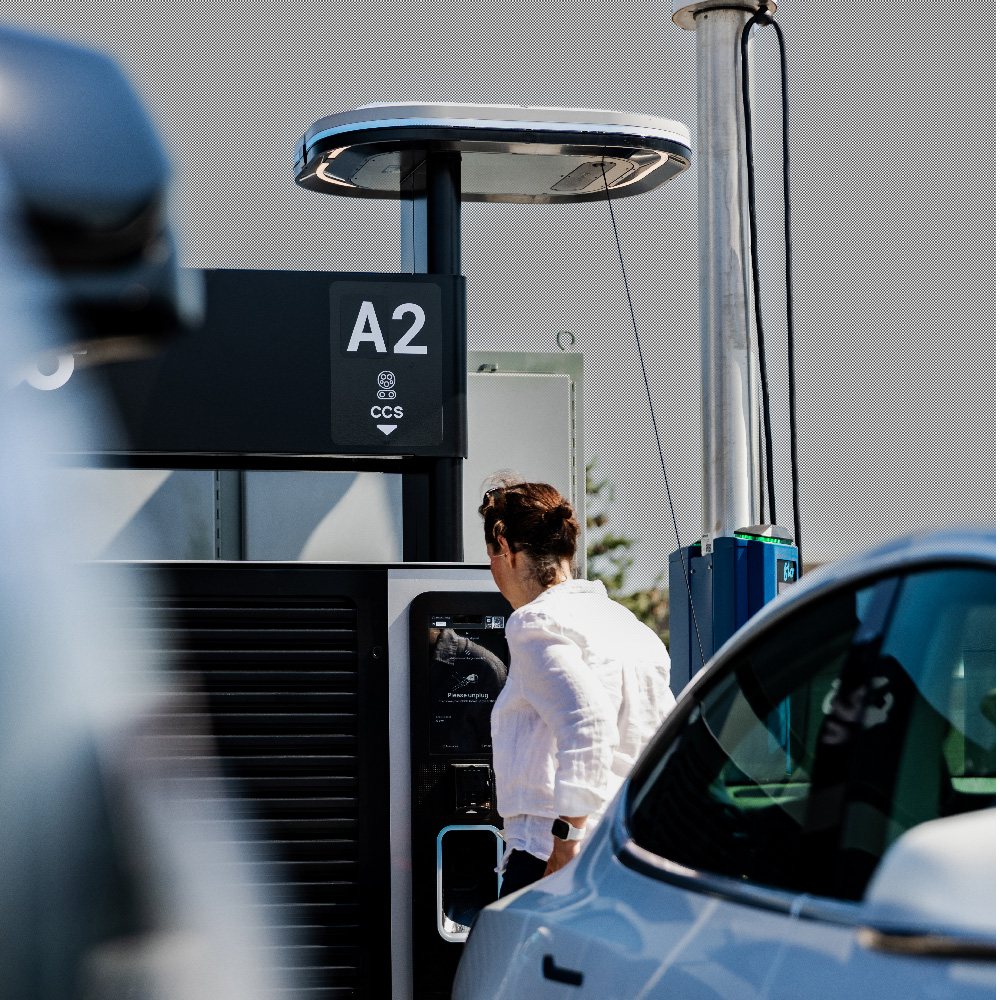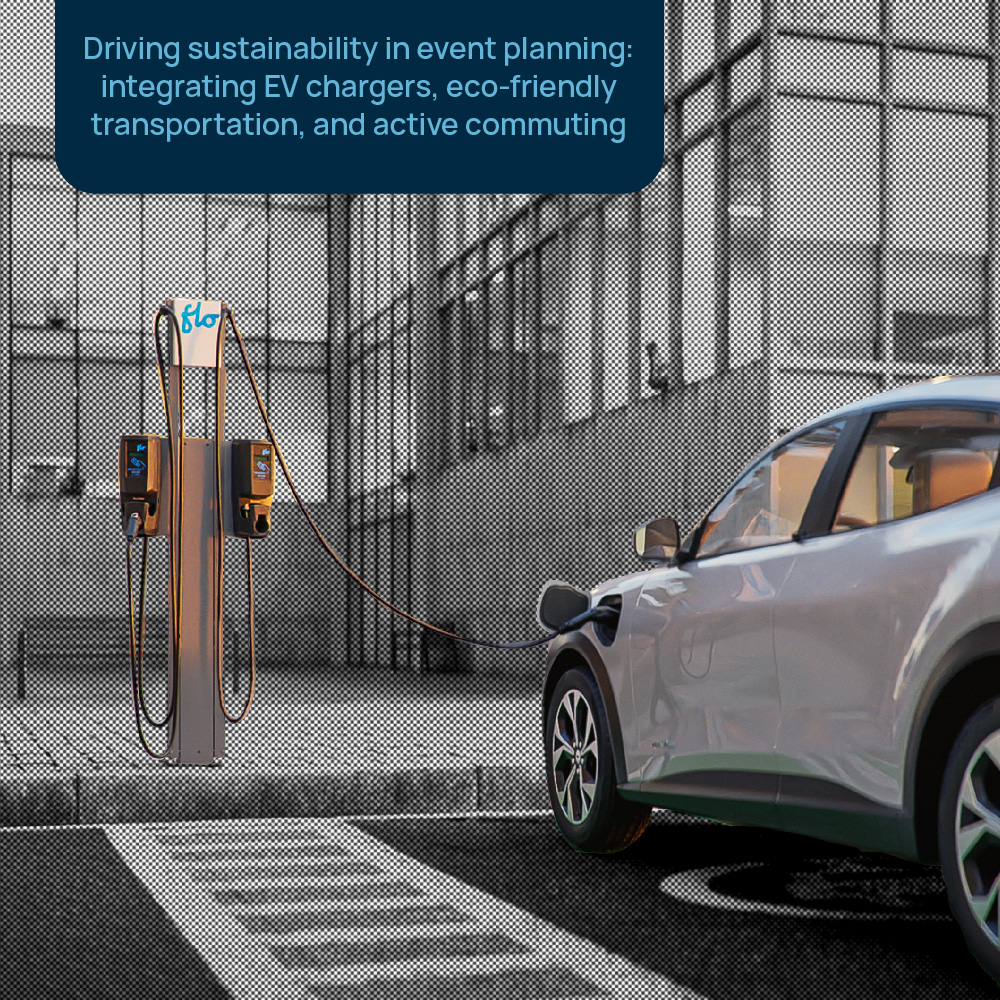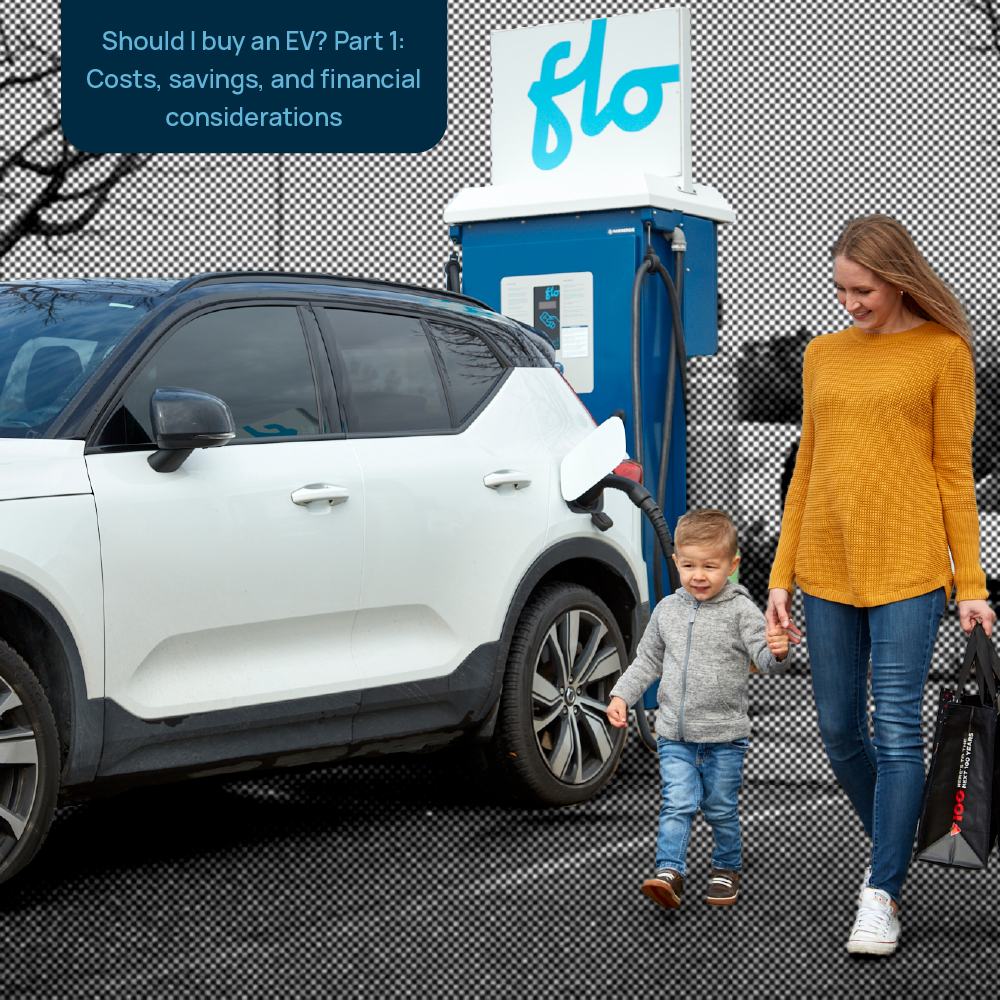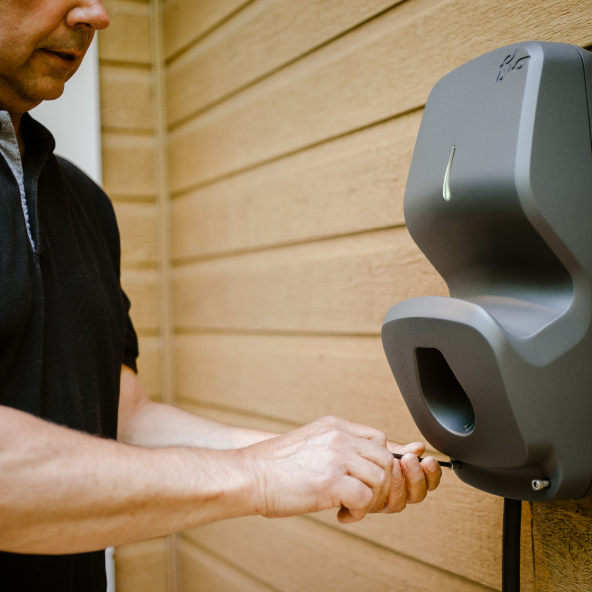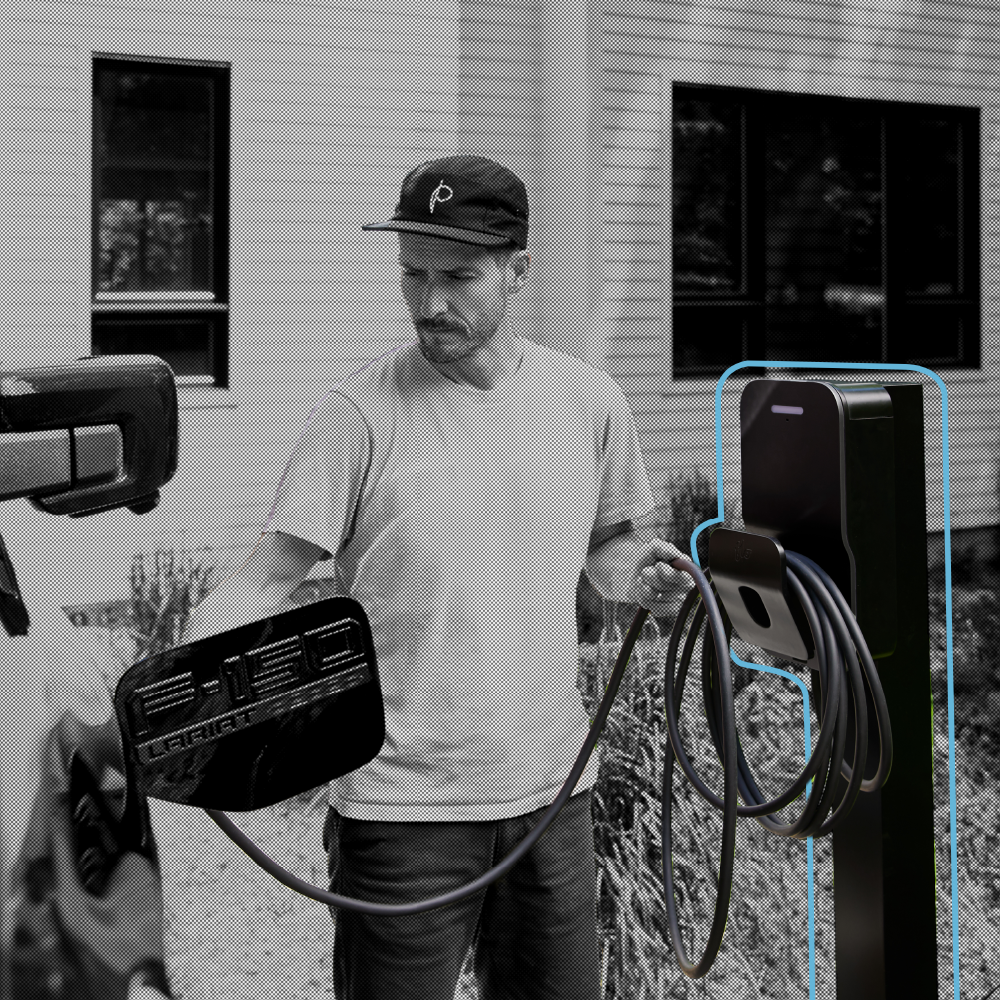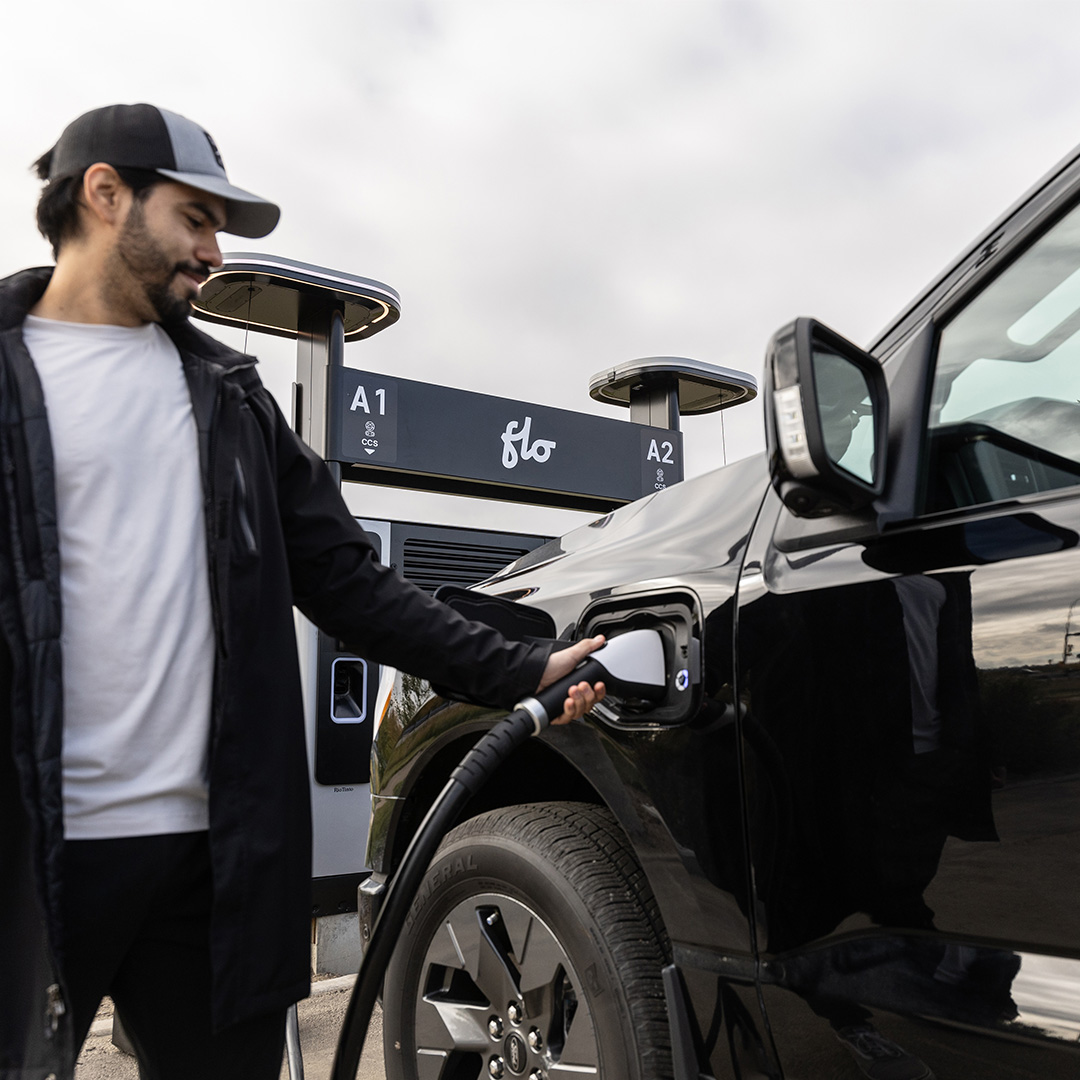- For EV Drivers
- For Business
- Incentives
- Alberta incentives
- British Columbia incentives
- Manitoba incentives
- New Brunswick incentives
- Newfoundland and Labrador incentives
- Northwest Territories incentives
- Nova Scotia incentives
- Nunavut incentives
- Ontario incentives
- Prince Edward Island incentives
- Quebec incentives
- Saskatchewan incentives
- Yukon incentives
- Products
- Insights
- Company
- Shop now
Smart EV chargers: deployment and grid benefits
Smart charging. Is it just another buzzword or do I need a smart charger? How do smart EV charging stations work?
Let’s dive right in! We’ll look at smart charging solutions for commercial, fleet, public and even residential use and how they protect the grid, plus resource management in anticipation of mass EV adoption.
What is smart charging, anyway?
Smart chargers are like standard ones, only they can know how much the local grid can handle and the amount of energy a car needs. What makes them, well, smart, is that they have the ability to communicate with each other and the grid, extracting data to adjust the rate of charge, optimize energy distribution, and report back on consumption and performance.
What’s the goal of smart charging?
Smart charging saves money by reducing the need to overbuild electrical infrastructure, making it a sustainable way to protect the grid. Allowing multiple charging stations to be daisy chained on the same branch circuit lowers EV installation and charging costs, simplifies scalability and minimizes electrical upgrades. Some of the ways business owners can benefit from EV charging is by powering up to four times more vehicles and adding more chargers in the future without having to upgrade their infrastructure over and over again.
Read more: Is EV charging worth the investment?
What is peak shaving?
Another perk of smart charging is PowerLimitingTM, aka peak shaving. This lets smart chargers recognize the total energy capacity of commercial or other building with high energy needs and adjust how much power a car gets within that limit, based on the energy consumption of other equipment in use.
For example, if, during the afternoon, your assembly chain is running at full capacity while your entire office staff is also consuming energy (with lights, air conditioning, computers, and everything), your smart chargers can automatically reduce their energy consumption or pause charging altogether. This feature protects your infrastructure while limiting the cost that might be associated with using more power during peak periods. Your delivery vans could then be charged at another time (at night or during breaks) so they are still ready to go when you need them.
Power sharing for commercial chargers
One of the best smart charging features for parking lots with multiple charging ports is PowerSharingTM. It enables energy distribution between users while avoiding strain on electrical infrastructure and limiting energy costs. Our commercial products in the CoRe+ line are equipped with this feature.
Charging sessions are measured in kWh. As shown below, one EV charges at 7.2kW until a second EV gets plugged in and both split the output, each charging at 3.6kW. (Had a third EV arrived for a charge, the output would’ve been divided by all three cars, at 2.4kW each.) Once the first car is charged, the second car benefits from the full 7.2kW.

Without power sharing, each car would use the same amount of energy throughout the entire charge, putting strain on the electrical infrastructure. Imagine if it were a whole fleet of EVs!
PowerSharingTM pairs well with our station and data management services. Interested in smart charging for your business? We want to hear from you!
What about smart charging at home?
As for at-home use, secure online portals like the one available for the FLO Home X5 charger let EV owners limit the electricity allocated to cars―especially at peak energy consumption times like when people are cooking, showering, doing laundry or have the lights turned on―and even blocks charging for a certain period.
When connected to the FLO mobile app, these portals provide an overview of at-home energy consumption in real time to help maximize efficiency. Users can manage energy on the go from just about anywhere. This means they can set up a charging schedule, change their settings remotely, know how much they’re taking from the grid, and plan their journeys accordingly.
So, what’s next?
When it comes to charging, the future is bright!
If you sometimes find yourself wondering: Is the grid equipped to handle mass EV adoption? We hope this window into the world of smart charging brought you answers. As the industry evolves, we’ll probably seen even more grid to vehicle integration – a subject two of our experts recently discussed in our last podcast episode.
In the meantime, if you’d like to know how smart charging could benefit your business, we’re always happy to answer your questions!

